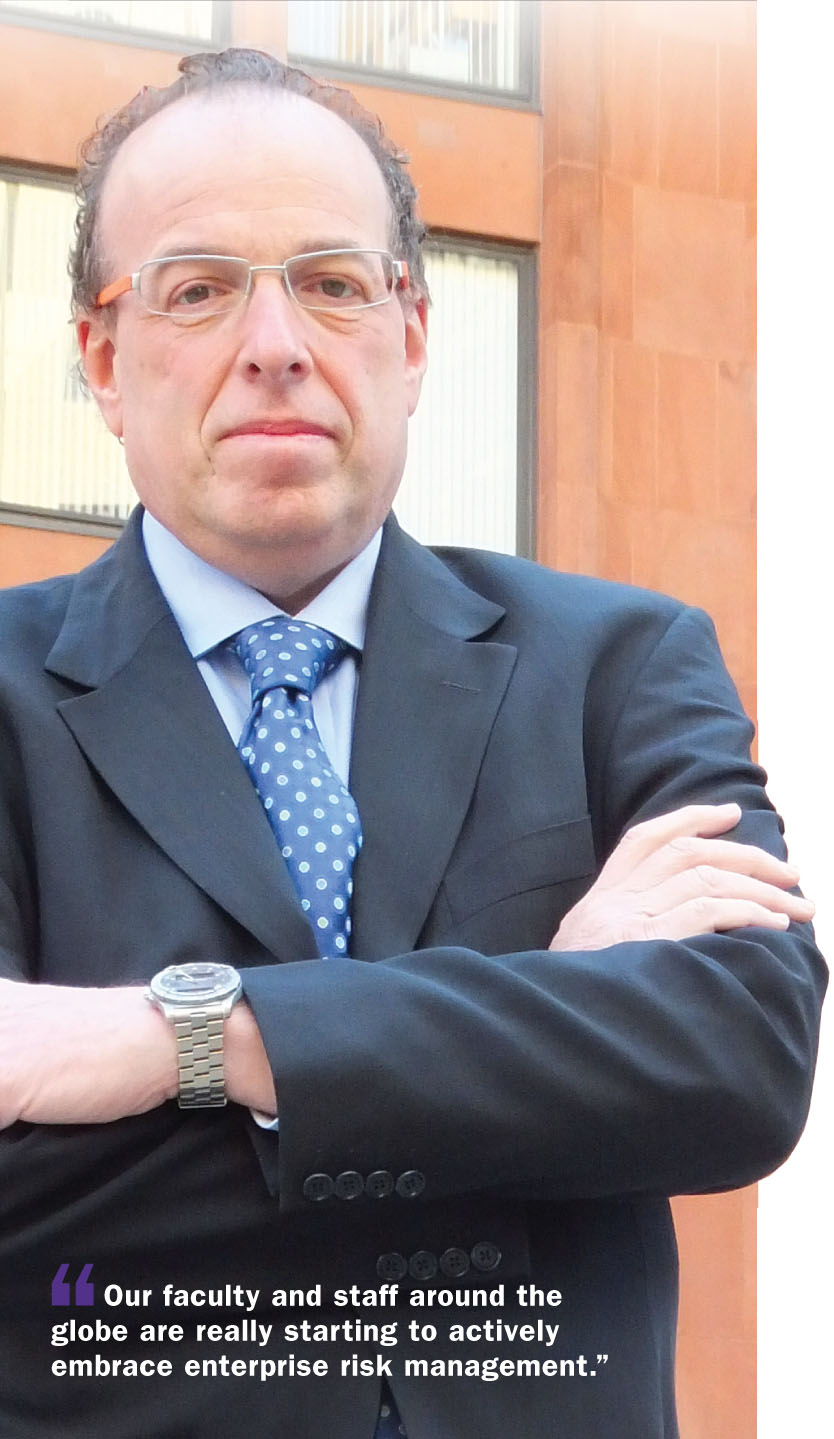 Being bored at work is never an issue for Michael Liebowitz. As the head of the risk-management department at New York University, one of the country's largest private institutions of higher learning, Liebowitz faces an incredible array of risks every day—many of which never crop up in Corporate America.
Being bored at work is never an issue for Michael Liebowitz. As the head of the risk-management department at New York University, one of the country's largest private institutions of higher learning, Liebowitz faces an incredible array of risks every day—many of which never crop up in Corporate America.
In addition to such standard-issue perils as Workers' Compensation, Employment Practices Liability and the Commercial Property exposures that come with being one of New York City's largest landlords, Liebowitz also has to think like the risk manager at a major hotel chain—with more than a dozen high-rise dormitories scattered around Manhattan. And with one of the nation's most celebrated film schools, he needs to deal with the same production risks faced by Hollywood studios.
And then there are science research labs. Museums. A major research hospital. And while most American businesses are dealing with an aging workforce, Liebowitz's core constituency is an ever-replenishing fountain of youth: students aged 17-25—not a demographic known for being very risk-averse.
Recommended For You
Want to continue reading?
Become a Free PropertyCasualty360 Digital Reader
Your access to unlimited PropertyCasualty360 content isn’t changing.
Once you are an ALM digital member, you’ll receive:
- Breaking insurance news and analysis, on-site and via our newsletters and custom alerts
- Weekly Insurance Speak podcast featuring exclusive interviews with industry leaders
- Educational webcasts, white papers, and ebooks from industry thought leaders
- Critical converage of the employee benefits and financial advisory markets on our other ALM sites, BenefitsPRO and ThinkAdvisor
Already have an account? Sign In Now
© 2025 ALM Global, LLC, All Rights Reserved. Request academic re-use from www.copyright.com. All other uses, submit a request to [email protected]. For more information visit Asset & Logo Licensing.








